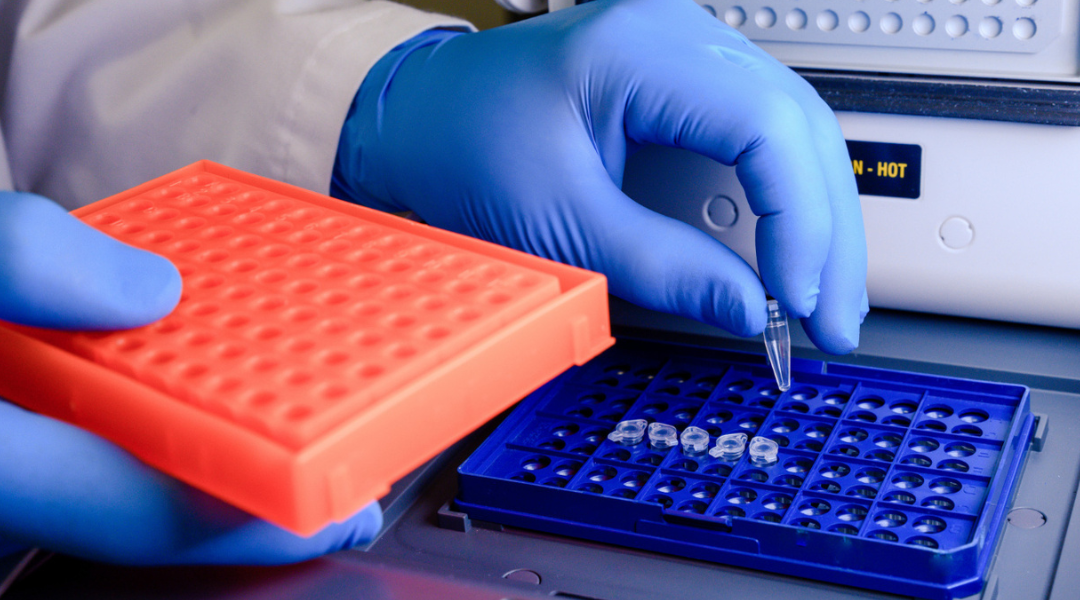Quality control plays a critical role in laboratory settings to ensure accurate, reliable results and compliance with regulatory standards. One significant methodology in quality control is Acceptable Quality Limit (AQL) sampling, which enables laboratories to evaluate the quality of their testing processes by inspecting a sample instead of assessing each individual item. However, integrating a Laboratory Information Management System (LIMS) into the AQL sampling process can further enhance the effectiveness and efficiency of quality control in labs.
Learn More about the 5-Phase Roadmap to LIMS Implementation
Understanding AQL Sampling
It is impractical to inspect each item in a large batch. AQL takes this into consideration. Through this statistical approach to quality control, a representative sample of items is assessed, rather than each item individually. Based on the quality of the sample, the AQL sampling approach allows laboratories to infer the entire batch’s quality.
The AQL level is a predetermined maximum number of defects or non-conforming items considered acceptable in the sample. This level is typically based on standards, regulations, or specific customer requirements. It provides a threshold for determining whether a batch is acceptable or not based on the number of defects found in the sample.
To determine the size of a representative sample, various factors are considered, including the batch size, desired level of confidence, and acceptable quality level. Statistical methods and tables are available to calculate the sample size required to achieve the desired level of confidence and precision. The calculations consider the acceptable quality level, the desired level of confidence, and the lot size.
The threshold of acceptability, or the AQL level, is determined based on factors such as industry lab standards and customer requirements. Different industries and products may have different AQL levels, depending on the criticality of defects and the acceptable level of risk.
AQL is not limited to measuring data points but can be used to measure various aspects in quality control, including products and parts. It is commonly employed in industries such as environmental labs and industrial hygiene labs. The AQL approach allows laboratories to assess and infer the quality of an entire batch based on the quality of the sampled items.
Benefits of AQL Sampling
AQL sampling offers numerous benefits to laboratories from a quality control perspective, including:
- Cost Savings: Inspecting every single item in a large batch can be expensive. Since AQL allows you to test a smaller sample, it saves your laboratory’s resources.
- Time Efficiency: Inspecting a representative sample instead of every single item saves time and allows for quicker decision-making regarding the acceptance or rejection of a batch.
- Risk Assessment: AQL sampling provides a risk assessment strategy, ensuring batches with unacceptable levels of defects or non-conforming items are rejected. This helps maintain the overall quality of products and minimizes the risk of delivering faulty items to customers.

Integrating LIMS with AQL sampling offers multiple benefits to the quality control process.
Integration with LIMS
LIMS, or Laboratory Information Management System, is a software solution designed to streamline and optimize laboratory operations. When integrated with AQL sampling, LIMS brings several advantages to the quality control process:
Automated Sample Size Calculation
LIMS can automate the calculation of the optimal sample size based on the desired AQL level. This automation eliminates the need for manual calculations, reducing the potential for errors.
Improved Sample and Lab Management
LIMS provides a centralized platform to manage and track samples throughout the testing and inspection process. Each sample can be assigned a unique identifier, making them easier to identify and track.
Real-time Data Analysis
With LIMS, the inspection results can be entered directly into the system, so data can be analyzed in real-time. LIMS compares the results against predefined acceptance criteria based on the AQL level, allowing for prompt decision-making and efficient workflow management.
Comprehensive Documentation
LIMS captures and stores all data associated with the AQL sampling process, creating a comprehensive and auditable record. This documentation simplifies future reference, analysis, and reporting.
Integrating AQL Sampling with BTSOFT
By integrating AQL sampling methodologies with BTSOFT’s cloud-based ALPACA LIMS, laboratories can harness the power of technology and automation to enhance their quality control processes. ALPACA LIMS provides a centralized platform for managing and tracking samples, analytical processes, and records, thereby consolidating information management and optimizing laboratory workflows. This integration allows labs to assess the quality of their testing processes while increasing efficiency and accuracy. Explore the benefits of BTSOFT’s ALPACA LIMS and revolutionize your laboratory’s quality control capabilities.





